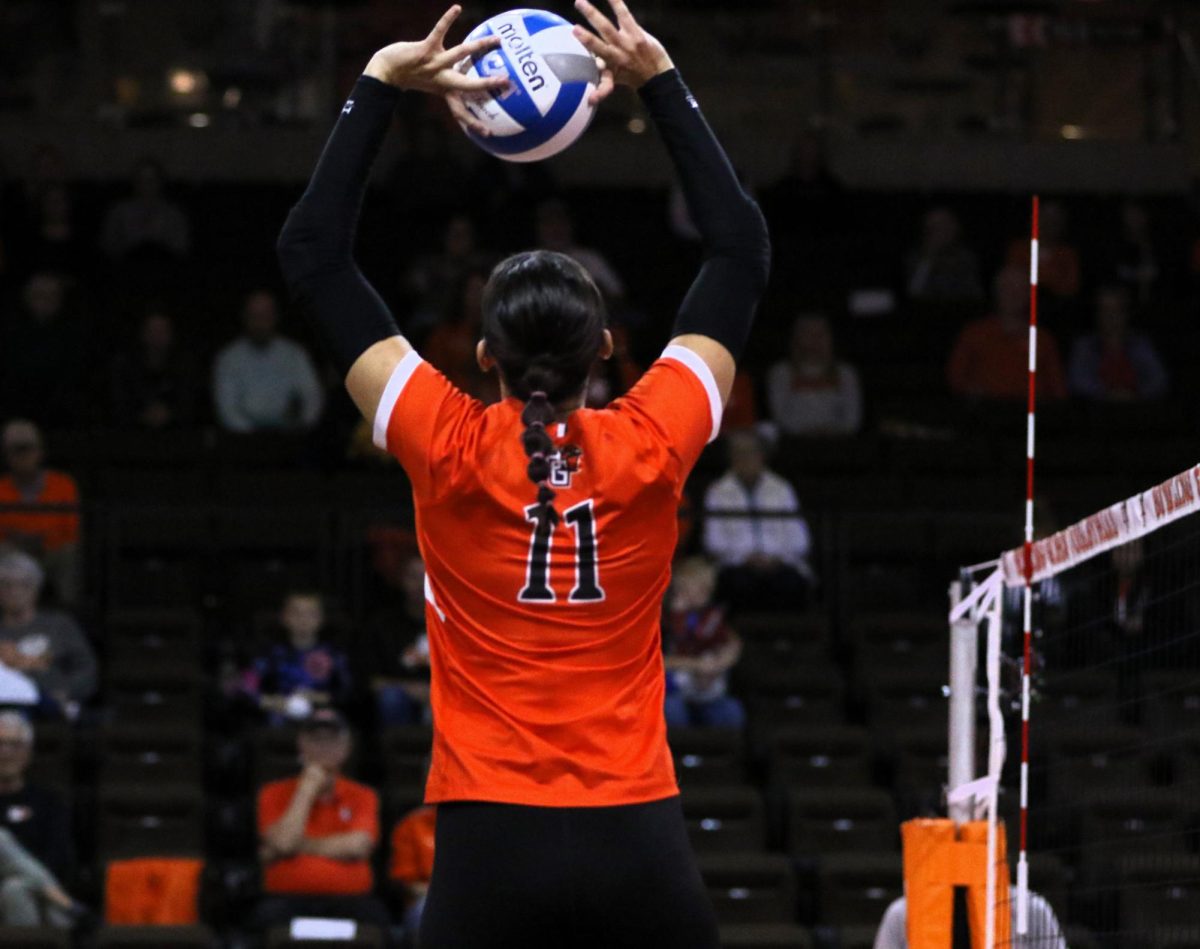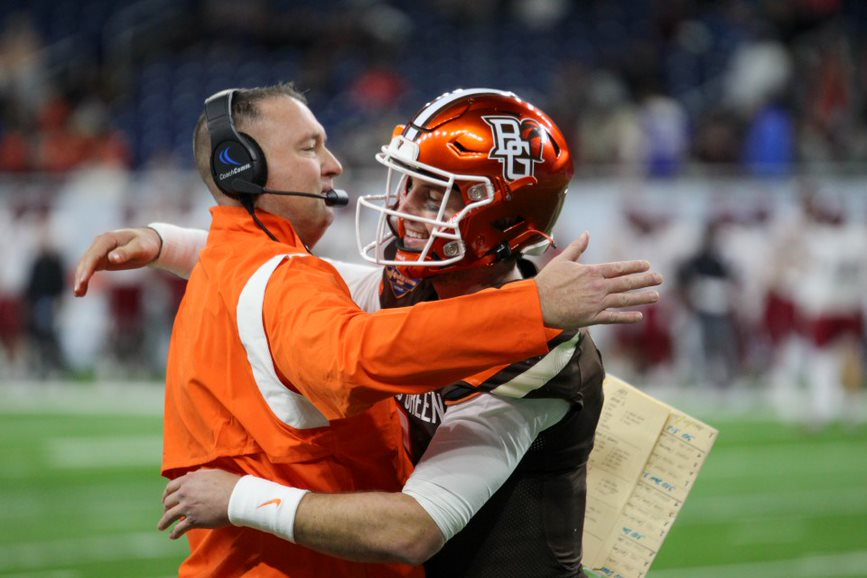The United States of America, without a doubt, has its share of skeletons in its closet. As responsible citizens we share a civic duty to understand that important parts of our history come with disturbing details and numbers. How we choose to remember and embrace our history is necessary to how those generations that come after us look at it and us as a whole.
An important aspect of our history and culture is how we represent and treat minority groups and elements of their culture. This has recently come into question concerning specific costumes worn by individuals partaking in the spirit of Halloween.
The most common example of this shift on the standards of acceptable attire for Halloween costumes has taken place in the removal of mascots, imagines and costumes depicting Native American culture or figures in ways, in which some have described as racist, offensive, or at least cultural appropriation.
Another example is a costume that was inspired by the character Maui, played by Dwayne Johnson, in the Disney movie “Moana.” The costume had the wearer put on the “skin of Maui,” whose body is covered with magical tattoos that show traditional Polynesian mythology and had the wearer take on the skin complexion of Johnson’s character.
So this begs the question: what is the most visible line in the sand for people to distinguish cultural appropriation and cultural appreciation?
According to dictionary.com, cultural appropriation is, “The adoption, usually without acknowledgment, of cultural identity markers from subcultures or minority communities into mainstream culture by people with a relatively privileged status.”
I have a few problems with the basic definition of the term. First, adoption I feel isn’t the correct phrase to use when looking for Halloween inspiration. It fits more appropriately in team mascots, such as the formerly named Washington Redskins or the Kansas City Chiefs, where fans dress up in costumes for games which can be described as the stereotypical American image of Native Americans.
When dressing up on Halloween you are, at most, using the costume for a few occasions and it is a profound part of your identity. You are merely an actor, like anyone who dresses up on Halloween, you are playing a character that is similar to your attire. However, when you dress up as ethnic groups like Native Americans and proceed to imitate the popular misconceptions that were persisted through film and media, then that might be where the problems arise.
Another problem I have with the definition is the favoritism it plays to the minority group. It gives greater protection to certain aspects of culture, like clothing, from being able to be experimented or experienced by the majority group in an act of reverse-discrimination.
An example that comes to mind is the popularity of the Black Panther film. Is it ok for someone that isn’t of African descent to dress up like the late Chadwick Boseman character, as long as the level of their expression is to wear the suit and not Boseman’s personal features? Should this fictional character, while highly inspired by real African traditions, be limited to only a certain ethnic group to enjoy?
I think the answer to all these questions comes down to our unique human ability to solve problems reasonably. Everyone has the freedom to express themselves openly with their Halloween costumes. It’s the reason the holiday is enjoyed by so many, but you should be mindful of what you decide to dress up as. If you are going to dress up as someone outside of your ethnicity, make sure to portray whoever or whatever you are dressing up as accurately as possible.
As for more sensible costumes, I believe anyone should be able to dress up as Black Panther, just like anyone should be able to dress up as Captain America. Anyone should be able to dress like another culture as long as it is accurate and true to the traditions they wish to present themselves, as long as they don’t change their phenotype like skin or hair.
Let us enjoy this Halloween and be able to freely open ourselves to all sorts of avenues of expression.







